The Druid is one of the most interesting and versatile classes in 5E, mixing physical strength with magic power. The best multiclass options for Druids in 5E help focus their toolkit in a specific direction, making them better contenders in combat.
But, which classes focus the Druid’s power best? Let’s go over five different options to take your Druid’s exceptional versatility and narrow it down just a touch so it can hold its own in battle.
The five best classes to multiclass with Druid in 5E
The Druid in 5E is a mixed caster, capable of both offensive and support magic. Some Druids can handle frontline combat as a melee tank or damage dealer, depending on how they use their Wild Shape. The strongest multiclass options for the Druid focus on improving their casting or physical stats, making them more than just a jack-of-all-trades.
5) Fighter
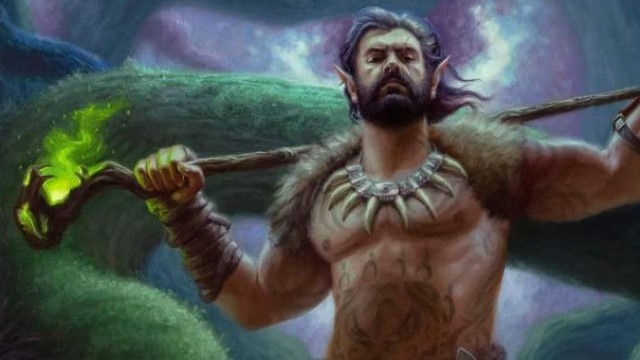
- Prerequisites: 13 Strength or 13 Dexterity.
- Benefits: Improved weapon abilities, potential for heavy armor, Action Surge.
- Downsides: Weaker spellcasting overall.
The Fighter multiclass is a generally accepted as a strong dip in 5E. Two levels in Fighter is a recipe for success. It provides strong armor proficiencies, excellent weapon proficiencies, a Fighting Style, and Action Surge.
Druids that like using weapons benefit most from a single level in Fighter. A Circle of the Spores Druid, for instance, could really benefit from Dueling, while all Druids can make use of Defense while outside their Wild Shape. In most cases, starting as a Fighter doesn’t help a Druid build, since many DMs are stricter about the “no metal” restriction than BG3 is.
If you put one level into Fighter, though, you might as well put two. Action Surge is the strongest ability in the game, allowing any character to perform a second Action. A Druid could, for example, cast Spike Growth followed by Gust of Wind to push multiple enemies through the spikes. Or, a Circle of Spores Druid could land a flurry of two to five attacks, dealing significant Necrotic damage. The world is your oyster, and it’s ready to be cracked.
Additional levels in Fighter are decent for Extra Attack, but not much else. Champion with Circle of Spores can be fun, with lots of big crits, though we’d probably recommend a more defensive archetype like Samurai.
4) Barbarian
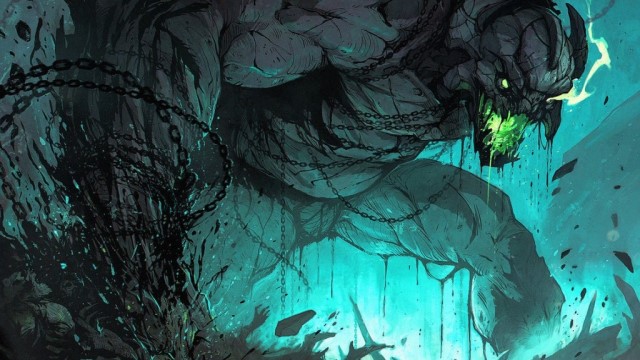
- Prerequisites: 13 Strength.
- Benefits: Rage, Reckless Attack are both usable in all Druid forms.
- Downsides: Spotty and weakened casting, losing infinite Wild Shape hurts.
Barbarians usually shouldn’t multiclass into a Caster, purely because of how strong Rage is for anyone who can’t cast spells. Entering a Rage makes you far more durable, and lets a character who would likely die to four or five hits of physical damage take 10 or more. That’s really significant, but it does force you to simply swing weapons like a caveman.
But, there are two Druid archetypes in particular that really benefit from Barbarian levels—Circle of the Moon and Circle of Spores. Circle of the Moon Barbarians can enter a Rage and throw a weapon before the fight begins, then Wild Shape to run into combat. You’re essentially an invulnerable warrior who can Wild Shape to refresh their health during combat. Wild Shape Druids are already tanky, so a Totem Warrior variant can be impossible to push over.
Circle of Spores does the same, though a bit slower by nature. Spores Druids can activate their temporary health before a fight begins, Rage during the fight, and using Reckless Attack to tear through enemies quickly and efficiently. The Spores’ temporary health disappears fast, so doubling it with Totem Warrior can be handy. That, or you can use an aggressive archetype like Storm Herald to push through combat situations.
It is important to be willing to drop Rage when you need to heal or cast support spells. If you do so carefully, you’ll have a healer (or just a big bear) who’s effectively invincible.
3) Monk
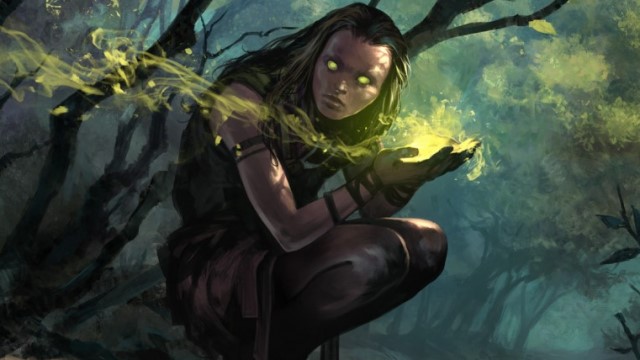
- Prerequisites: 13 Dexterity and 13 Wisdom.
- Benefits: Unarmored Defense, Flurry of Blows with Circle of Spores.
- Downsides: Weakens spellcasting, armor restrictions can be harmful.
The Monk is usually quite restrictive for multiclassing. But, for a Druid, the Monk’s relatively middling AC could be life-saving. A high-Dexterity Druid can see their AC reach the 16 mark instantly with Unarmored Defense, with the opportunity to go much higher over the course of their career.
In addition, the Druids invested in weapons can benefit significantly from Monk’s Flurry of Blows feature. For example, a Circle of Spores Druid that slightly invests into Monk can get a potent bonus action that deals 2d4+2d6+10 damage. Even in the late-game, that’s nothing to scoff at.
Plus, Monks bring more than just damage to the table. Unarmored Defense, Unarmored Movement, and Ki for Dodge and Disengage are available relatively early. Traditions like Way of Shadow and the Way of the Long Death can further bolster your defenses. Building up to Extra Attack might be pushing the build somewhat, but it will reward you with Stunning Strike alongside other potent utility options.
This build will be a lot better when the revised rules come out, but even now, it’s a pretty good way to bolster your Druid’s defenses. Not many classes can brag about that.
2) Cleric
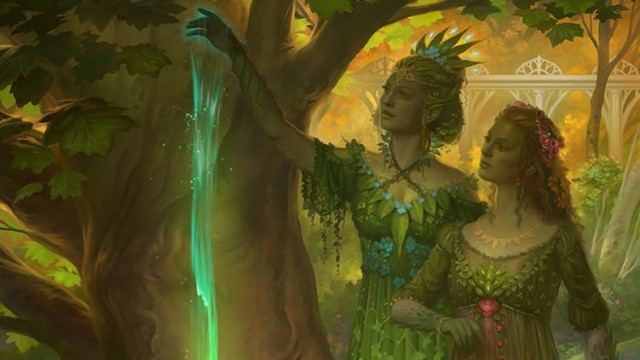
- Prerequisites: 13 Wisdom.
- Benefits: Stronger early-game spell options for buffs, Domains offer more resources that can be cycled on short rests.
- Downsides: Loses some minor late-game versatility. Most DMs prevent Druids from wearing metal, so Heavy Armor domains are weakened.
The Cleric/Druid multiclass is largely known for its improvements to casting. Druids have a great low-level spell list, but are missing key buffs like Bless and Shield of Faith that a Cleric can give them. They are also missing some very, very good second level spells from the Cleric list, like Spiritual Weapon, which can push their per-round damage above what would otherwise be possible. The Druid spell list is superb, but Clerics can push it over the top in terms of combat versatility, damage, and what they’re allowed to do with concentration.
Thankfully, though, we’re not just talking about spells. Cleric Domains are all exceptionally potent and come online as early as level one or two. For example, a Twilight Domain Druid benefits from a massive pool of temporary health while Channeling Divinity. Wild Shape during that channel, and suddenly that 126-health Mammoth is gaining around 5-10 health per turn. Life Clerics in the Circle of Dreams can become absurdly powerful healers.
The only big issue is that, even with a Cleric multiclass, many DMs will look down upon a Druid wearing metal armor, forcing you to take lower-AC armors. That can be a problem for a Druid wanting to benefit from the frontline staying power of a Cleric, but isn’t a big deal overall. And if the DM is fine with a Cleric/Druid wearing heavy armor, like BG3, you’ll have a lot of defensive power.
1) Ranger
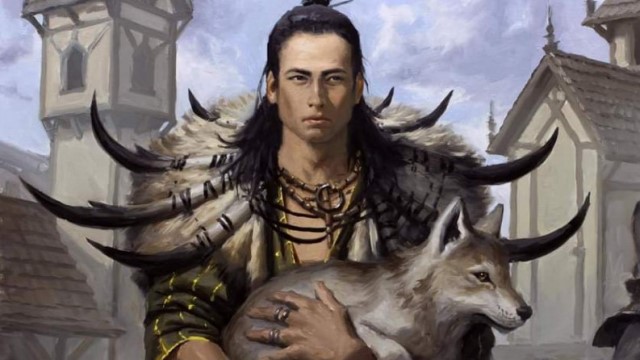
- Prerequisites: 13 Dexterity and 13 Wisdom.
- Benefits: Significant single-target damage improvements, Hunter’s Mark.
- Downsides: Loses some minor late-game versatility.
The Ranger is similar to the Fighter, in that it pushes the Druid toward a more weapon-oriented build. That said, unlike the Fighter, the Ranger comes with a few extra abilities that can really pump up round-to-round damage rather than relying on Action Surge, making it more useful for Druids over a long day. These differences make Rangers the best multiclass for Druids in 5E, thanks to the strong mixture of improved defenses, fantastic offense, and even additional low-level spell options.
Rangers don’t come online until level two, unless you’re particularly interested in Favored Foe and Deft Explorer from Tasha’s Cauldron of Everything. While good, those abilities don’t exactly carry a build.
Instead, you’ll wanting a Fighting Style and Spellcasting. Ranger Fighting Styles are only moderately effective, usually pushing the Druid toward the less flashy Defense or Archery for a ranged build. Spells, on the other hand, include Hunter’s Mark, a great option for almost any Druid build wanting to deal good damage.
The most enjoyable Ranger builds based on this concept us Circle of the Stars with a fantastic bonus action with Archer, Spores for melee combat using the Ranger’s improved dual wielding capabilities, and Wildfire for a companion capable of taking hits for you. Just remember this companion and any companion you get from Ranger will eat your bonus action, and thus aren’t very useful together.
In addition, Circle of the Moon benefits from Hunter’s Mark, since their attack actions are technically weapon attacks. This can slightly boost your damage if the animal has multiattack. But, since Wild Shape and Hunter’s Mark are both bonus actions, this is really a “round two and beyond” type of gameplan.
No matter what you choose, the Ranger can really boost the damage of your Druid. For a class whose damage is mostly slow-paced, multiclassing into Ranger can be very effective for any Druid that wants to quickly take down a target.


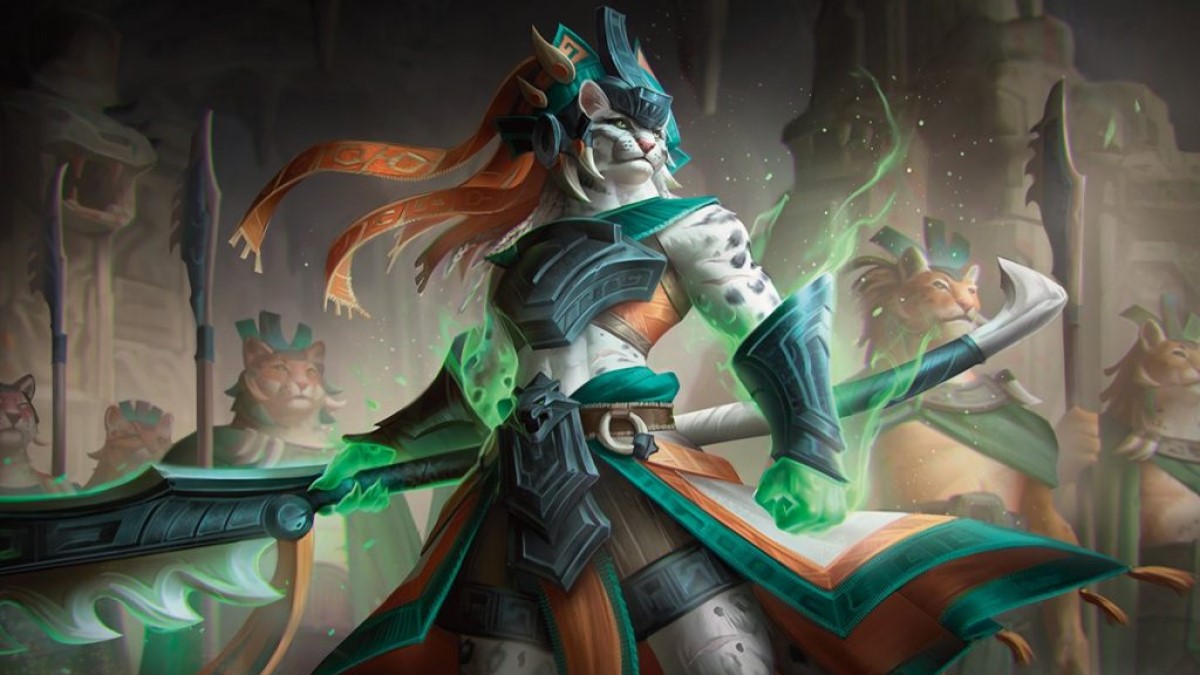

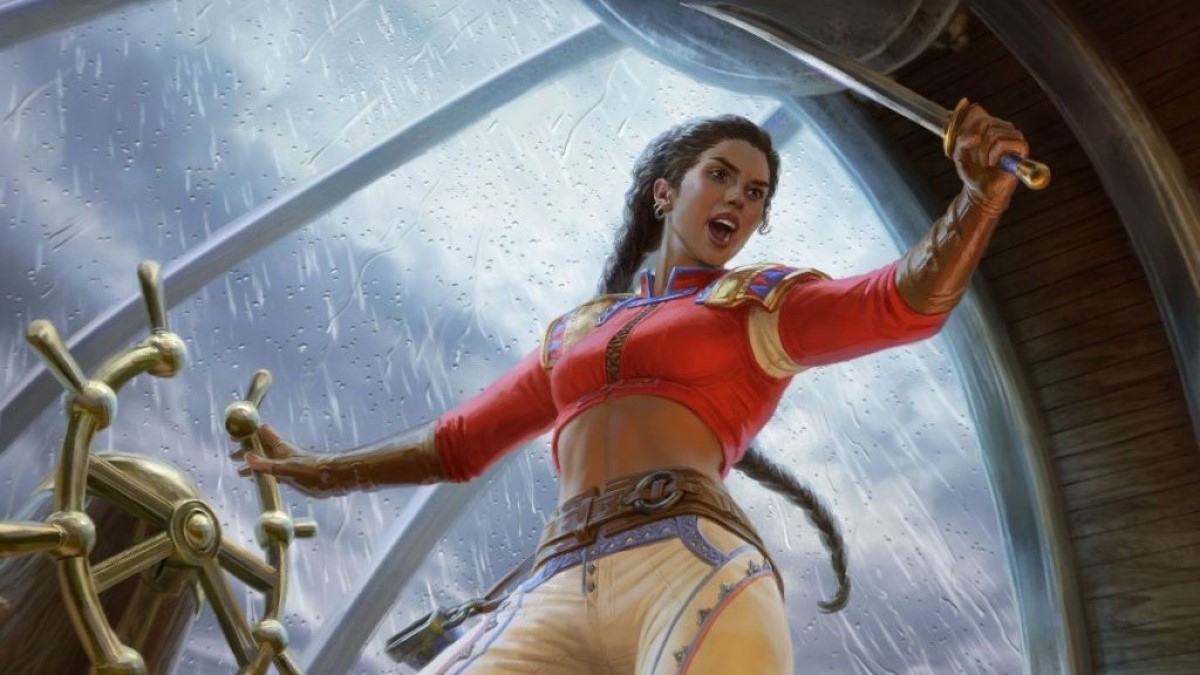
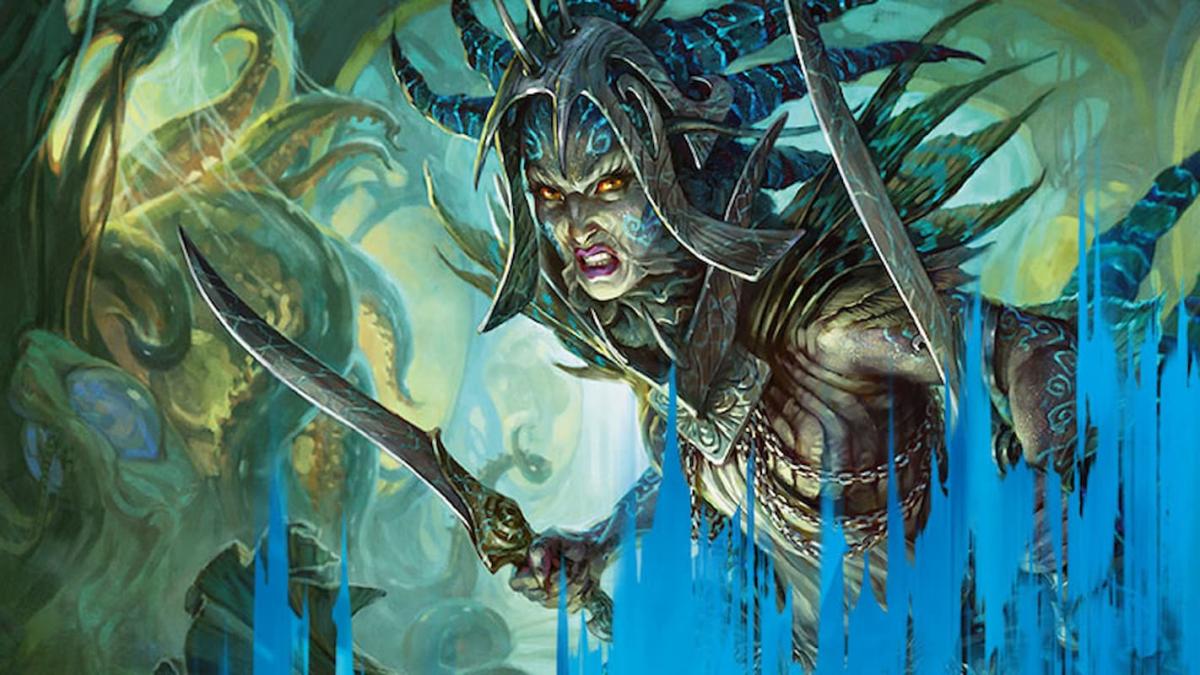
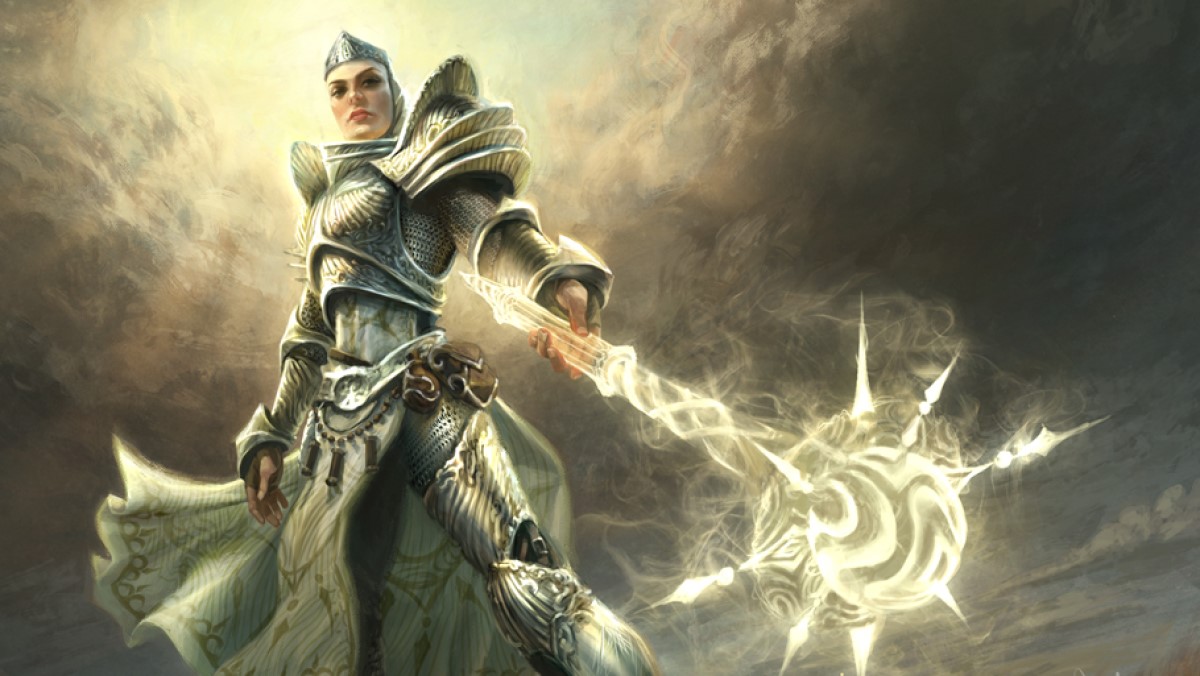

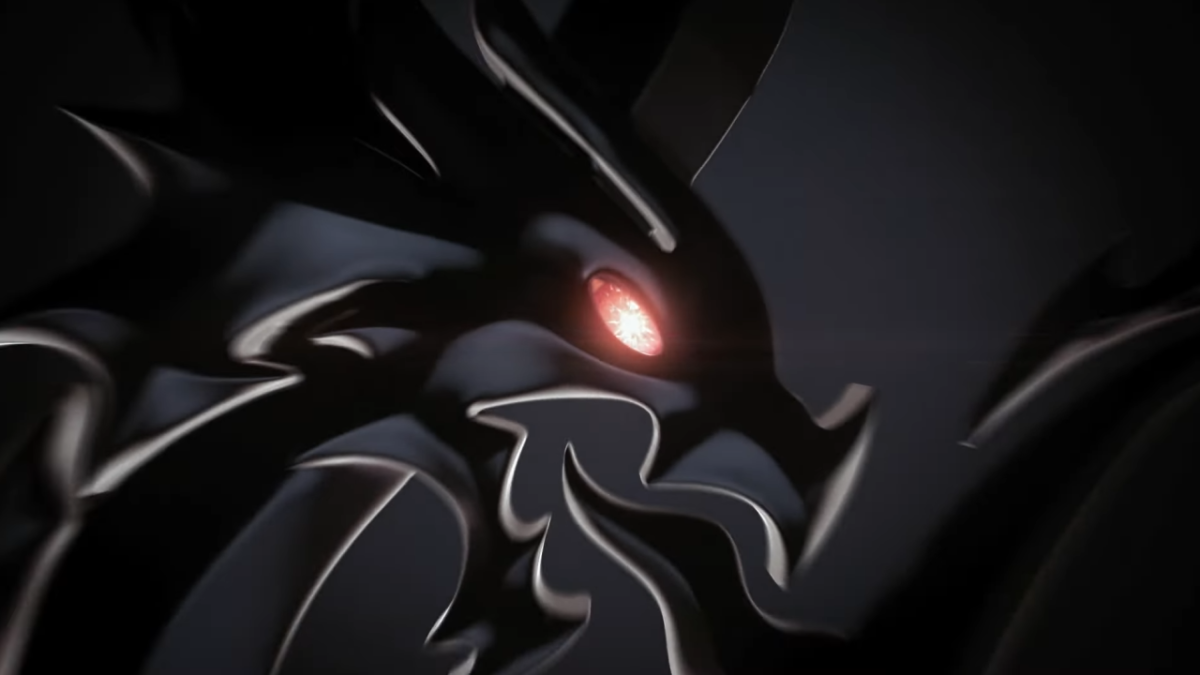

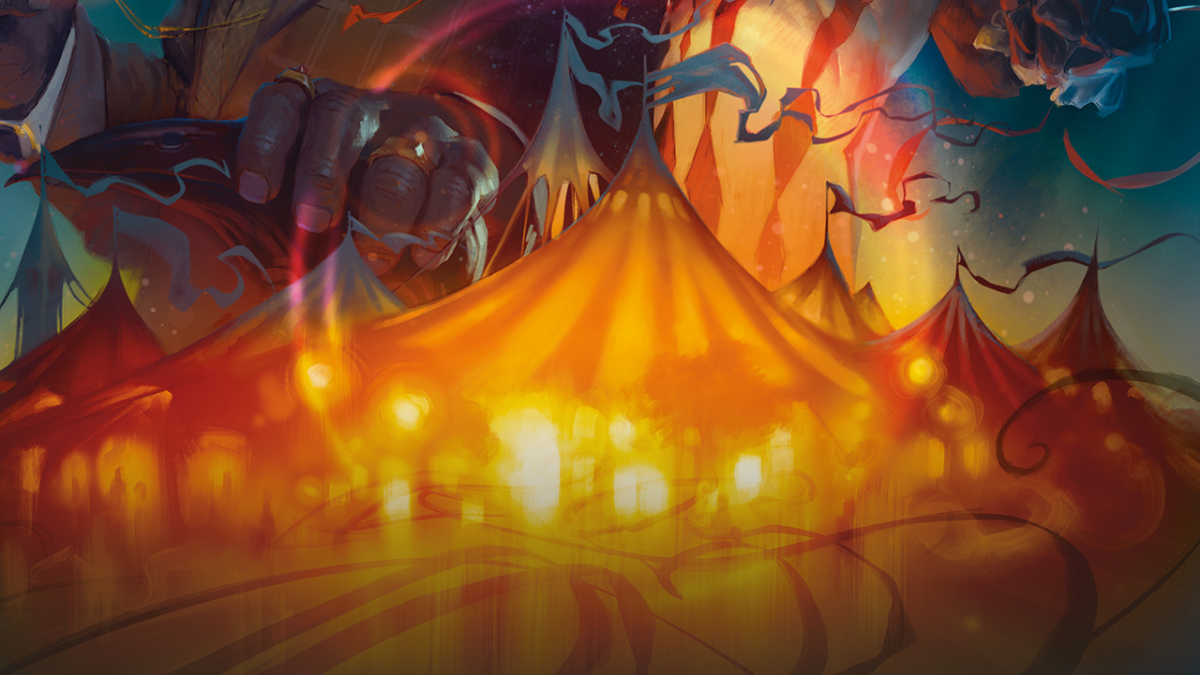

Published: Dec 10, 2023 08:11 am